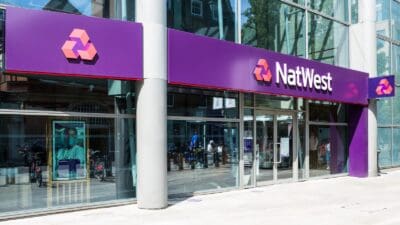The collapse in savings rates has intensified the focus on company dividend yields. As has the fact that so many top FTSE 100 names now offer jaw-dropping yields of up to 7%, thrashing base rates.
Yet one perfectly decent category of stocks is in danger of being left out by all of this: solid FTSE 100 companies with relatively lowly yields either side of 3%. The following three companies all fit into this category. Should you be investing in them?
AstraZeneca
Pharmaceuticals giant AstraZeneca (LSE: AZN) currently yields 3.76%, roughly the same as the FTSE 100, and a stonking return compared to cash. However, the real action has been in share price growth since Brexit, with the stock up 20% in the last three months. The collapse in the pound has been a key driver, pushing up the value of its overseas earnings once converted back into sterling. This is no short-term share price burst, the stock is up 83% over five years, against 27% for the FTSE 100 as a whole.
AstraZeneca has been hit as a number of key drugs have come off patent in recent years, notably Crestor in the US. Product sales fell 2% in the first half and investors are putting their faith in chief executive Pascal Soriot’s long-term plans to revive the company’s drug pipeline through a new generation of blockbusters, which he hopes would boost revenues from last year’s $26bn to more than $45bn. That’s an enticing prospect but AstraZeneca isn’t cheap at 15.22 times earnings and with earnings per share (EPS) forecast to fall 3% both this year and next, it could be an anxious wait. The dividend just about rewards investors for their bravery and patience.
Diageo
Investors in spirits giant Diageo (LSE: DGE) have endured a tepid three years following the departure of go-for-growth chief executive Paul Walsh, but now it seems to have recovered its flow. The Smirnoff, Guinness and Baileys producer’s share price is up a heady 30% over the past year, although its yield – never the biggest – is a watery 2.67%. Chief executive Ivan Menezes is talking up growth prospects, including a “stronger” performance in 2017, as it looks to beef up its marketing, innovation and commercialisation of products.
This is fighting talk and is backed by positive forecasts suggesting a 15% leap in EPS in the year to 30 June. An emerging markets revival would be an even bigger kicker. But the low yield combined with its high valuation of almost 25 times earnings takes off some of the edge.
Banco Santander
Perhaps this isn’t the best time to be bigging up European banks, given the crisis afflicting Deutsche Bank in Germany. Profits at Banco Santander (LSE: BNC) have been hit by the cost of closing branches and cutting jobs in Spain, where its lending business is under pressure. Brexit has also cast a cloud, with the bank warning that it marks the end of the recent relative stability in the UK banking sector.
The Bank of England’s rate-cutting spree is hitting profits on both mortgages and savings, and it has been forced to cut the perks on its popular 123 account. Trading at 8.62 times earnings many of these problems are priced-in, and a yield of 3.26% isn’t bad. However, it looks like Banco Santander is in for a bumpy ride.







